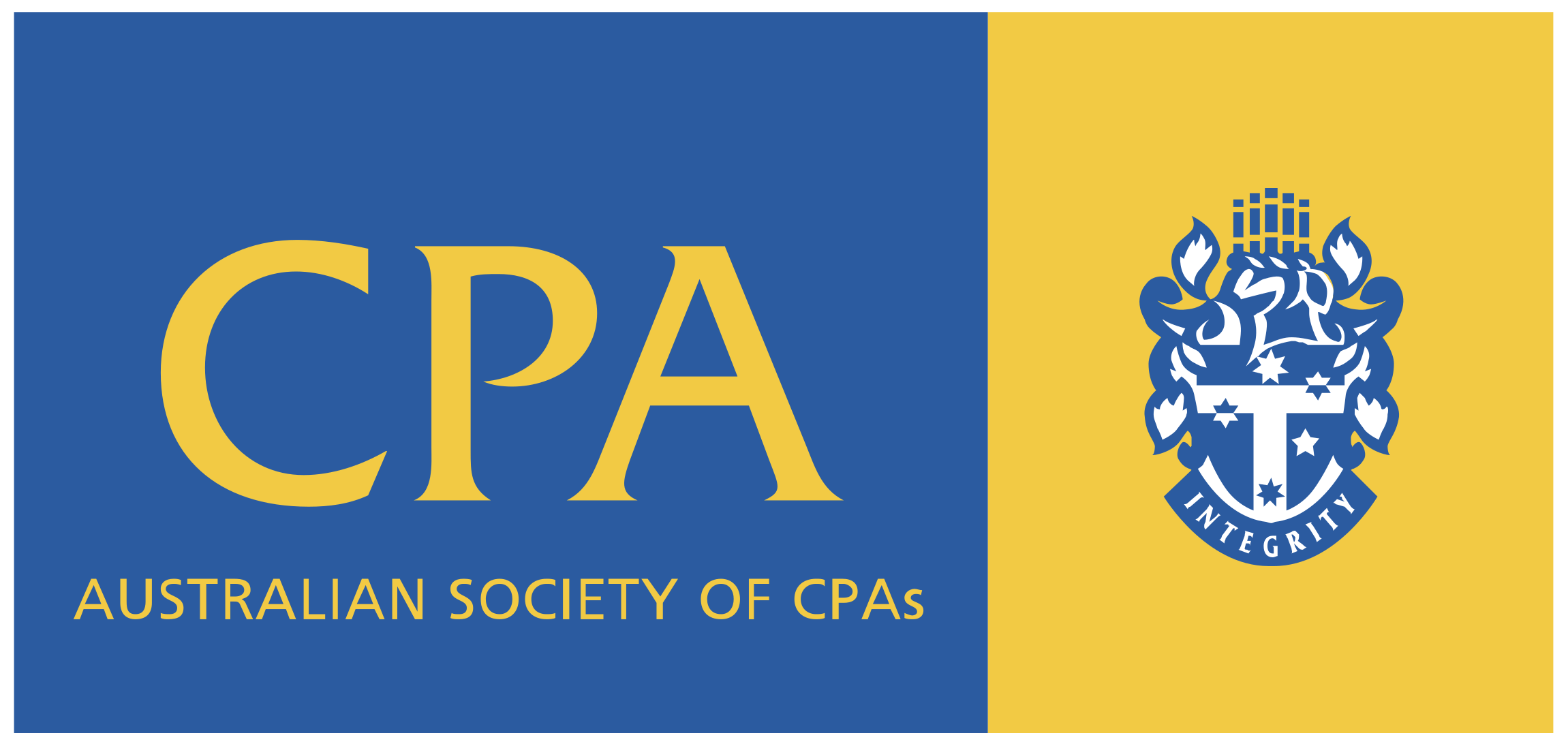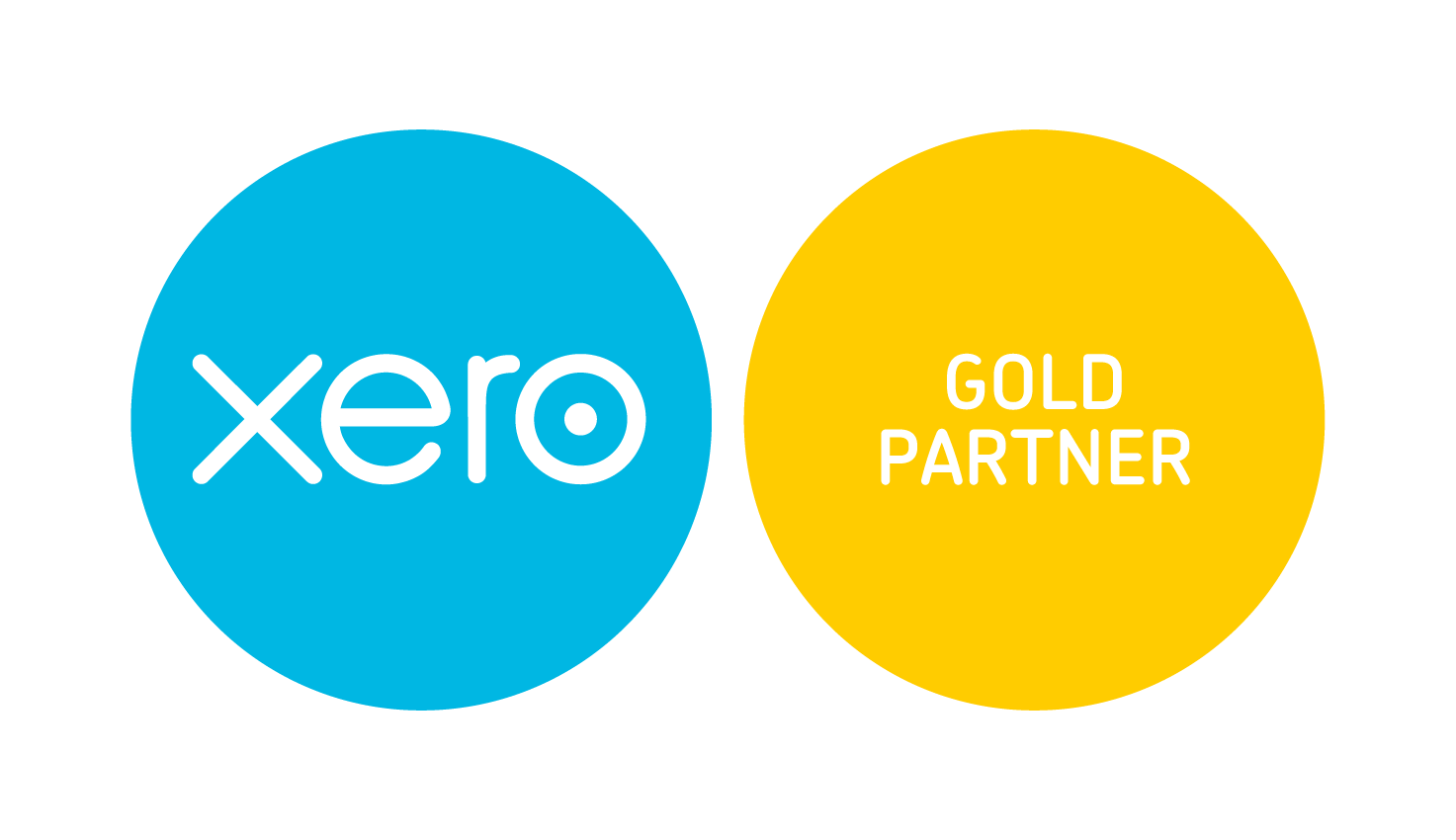
How to embrace neurodiversity in your team
People come in all shapes and sizes – and this applies equally to how our brains work.
Research in neurodiversity has shown that we all think in different ways, and that there’s no single ‘hard-wired’ way for our brains to work. This diversity can be a major asset, but it also has an impact on how you manage your team and the ways your employees will choose to work.
What neurodiversity means for you as a people manager
Neurodiversity is the description of the variations that exist in the workings of the human brain and mind from person to person. Some of us have brains that work in a more standard or ‘neurotypical’ way. Others of us have more neurodivergent brain types, where the way our brain functions differs from the neurotypical blueprint. Neither is ‘better’. They are just different and this is key to grasping the varied ways that your team members may approach a problem, or choose to work.
A rough guide to the various types of neurodiversity
Employees who identify as neurodiverse are not all the same, and will have specific needs, superskills or work preferences that define how you can maximise their input in your workforce.
Let’s take a look at some of the more well-known types:
- Autism spectrum disorder (ASD) – ASD is a developmental condition that affects someone’s communication and behaviour. People with ASD may have difficulty with social interaction, communication and may exhibit repetitive behaviours. Some people with ASD can have restricted interests, for example, having an intense interest in a particular topic, activity or hobby. People with ASD sit on a spectrum, with some being high functioning, and others facing bigger challenges with their ASD.
- Attention deficit hyperactivity disorder (ADHD) – people with ADHD may have difficulty staying focused, controlling their impulses, or sitting still. The condition falls into three main types: hyperactive/impulsive ADHD, inattentive ADHD and combined ADHD (where people show signs of both types). Depending on the individual, this can result in hyperactivity, difficulty in controlling impulses and problems with concentration.
- Dyslexia – dyslexia is a learning difference that affects reading. People with dyslexia may have difficulty decoding words, comprehending reading material, or reading fluently. This can result in reversing letters or words, skipping words, or adding or omitting letters. People with dyslexia may take longer to read written materials, but can develop their own strategies for learning, working with ideas and tackling certain tasks.
- Dyspraxia – dyspraxia is also known as developmental coordination disorder (DCD). It’s motor skill disorder that affects coordination and movement. People with dyspraxia may have difficulty with tasks such as handwriting, catching things or riding a bike, for example. Someone with dyspraxia may have issues with planning and executing movements, such as bumping into things or having difficulty with tasks that require multiple steps.
- Other neurodivergent types to be aware of – there’s a wide range of other neurodiverse types to factor in as a people manager. These can include conditions like Down Syndrome, colour blindness, Tourette's syndrome and even post traumatic stress disorder (PTSD).
The pros and cons of having a neurodivergent team
Each type of neurodiversity has its own unique strengths and challenges. For example, people with ASD may have difficulty with social interaction but can be exceptionally good at problem solving. People with ADHD may have difficulty with focus and concentration but may be very creative, energetic and full of incredible ideas.
It is important to understand the different brain types and how they affect the way we work. This helps you become a more effective and empathetic manager, while also creating a more inclusive workplace where everyone in your team feels comfortable and happy.
Flex your people management to accommodate neurodiversity
Different people need different management strategies. This is true of neurotypical employees as much as neurodiverse workers. But there’s a real imperative to flex your management style when working with neurodivergent people. A process, task or approach that works for YOU may be totally wrong for a person living with ASD, ADHD or any of the many different neurodiverse conditions.
Here are some tips for getting the very best from your neurodivergent employees:
- Be clear and concise in your communication – avoid using jargon or technical language that your employees may not understand. Explain tasks, briefs and requests in the simple terms and use plain English wherever you can.
- Provide written instructions whenever possible – written instructions will help your employees remember the tasks and what’s required of them. Factor in that people with dyslexia will prefer a non-written option, or an alternative strategy.
- Break down complex tasks into smaller steps – a lack of focus and concentration can make complicated tasks a potential hurdle. Set out each step that’s needed in the process, but keep this outline simple and easy to understand.
- Offer regular feedback and support – neurodivergent people want to get their work done the same as anyone else. When you offer support, this helps to reduce the hurdles and smooth out any anxieties the person might be having.
- Create a quiet and distraction-free environment – some people will need a ‘quiet space’ to work in. Ensure that your workspaces have options, so people who need silence have somewhere to work, while others can be noisy and energetic.
- Embrace your people’s skills – people with ASD may be your technical superstars, understanding your product inside out and solving incredibly complex problems. Employees with ADHD may well be your creative thinkers, firing out sales and marketing ideas that no-one else has thought of. Know each person’s skills and play to their strengths, to create real diversity and flexibility in your team.
- Be understanding and accommodating of individual needs – empathy is a vital trait for a people manager. Try your best to understand the diversity in your team, and how there are many different ways for an employee to complete the same goal. Being an empathetic and understanding people manager will get the very best out of everyone on the team, making you stronger as a diverse unit.
Diverse business teams deliver 60% better results and make better decisions in 87% of cases. With a better grasp of how different minds work, you make your employees feel more valued, and create a team that uses its skills in the most productive ways.
When you embrace the diversity of your team, you create a more innovative and creative workplace – and the key to this is getting on board
with everyone’s core strengths.





